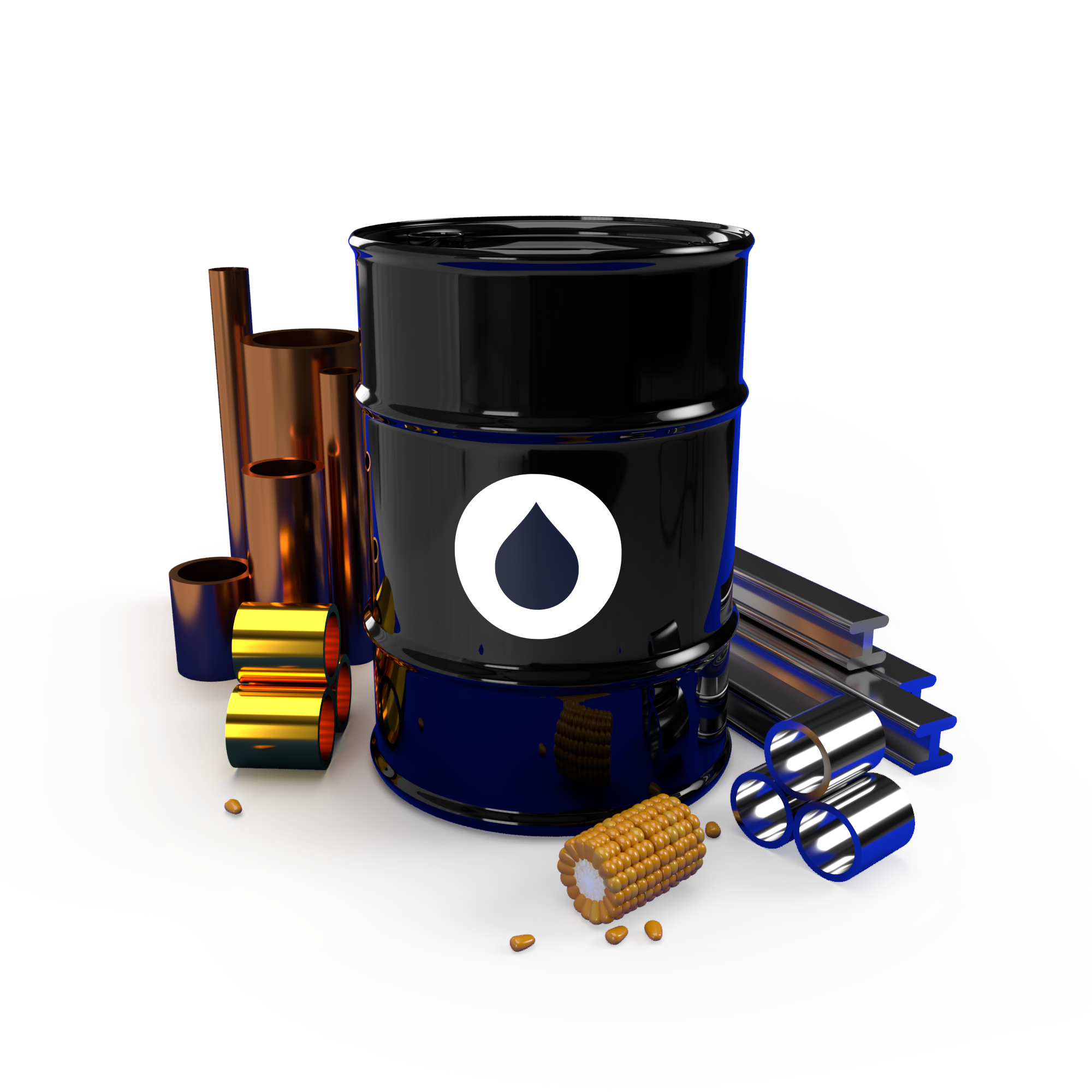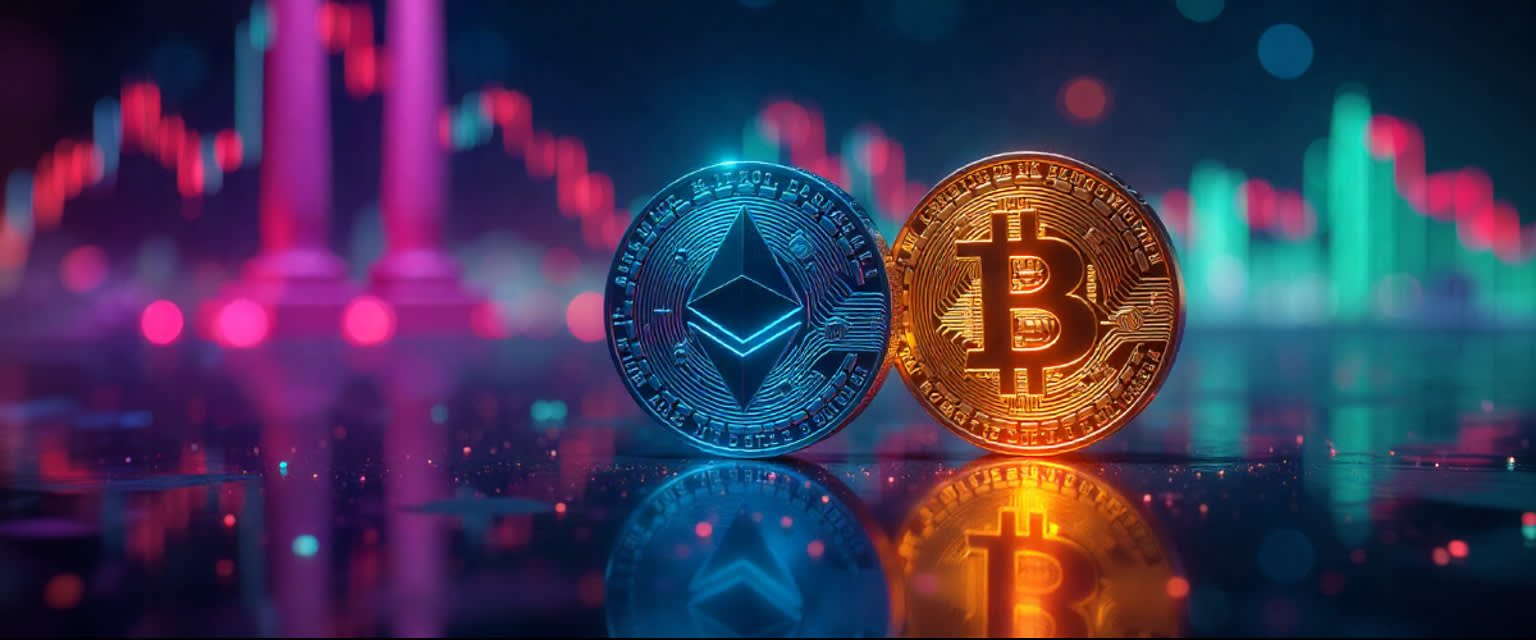The natural gas market in 2025 is under renewed pressure as traders weigh extreme weather events, global supply shifts, and lingering geopolitical tensions. After periods of record volatility during the Russia-Ukraine war and energy crisis of 2022–2023, market participants are closely watching whether similar disruptions could re-emerge or whether a return to stability is more likely.
From Europe’s LNG import boom to U.S. production capacity and Asia’s rising demand, natural gas remains a globally sensitive asset. Below, we explore the main market drivers to watch and what they might mean for traders in the months ahead.

Weather Is Once Again a Dominant Force
Weather has always been a major driver of natural gas demand, but the stakes are higher than ever in 2025. So far this year, meteorologists have warned of:
- Above-average summer temperatures in the U.S. are pushing cooling demand higher
- Potential hurricane threats to Gulf Coast production and LNG terminals
- Ongoing drought risks in parts of Asia are affecting hydroelectric alternatives
Any of these conditions could create sudden spikes in demand or production disruptions — scenarios that often lead to volatility in natural gas prices. Traders are increasingly relying on real-time weather models to anticipate demand shocks and execute more agile positions.
Geopolitical Tensions Remain a Supply Risk
Although Europe has essentially weaned itself off Russian pipeline gas, geopolitical risk remains a central concern. LNG imports from the U.S., Qatar, and West Africa now dominate Europe’s energy mix, but shipping routes and supply chains remain vulnerable.
The ongoing conflict in Ukraine, potential flare-ups in the Middle East, and shipping disruptions in the Red Sea or Suez Canal all present material risks to global LNG flows.
For traders, this means any escalation in conflict or maritime chokepoints could send natural gas prices sharply higher, especially during periods of tight inventory or seasonal demand.
U.S. vs Qatar: The Battle for LNG Market Share
As Europe and Asia continue diversifying their gas supplies, competition among major LNG exporters has intensified. The United States has expanded its export capacity substantially, and in 2025, it will rival Qatar as the world’s top LNG supplier.
While U.S. LNG offers geographic and price advantages for Atlantic Basin customers, Qatar has long-term supply agreements in place with key Asian buyers. For traders, this divergence means regional pricing dynamics — such as Henry Hub (U.S.), TTF (Europe), and JKM (Asia) — will increasingly respond to these export flows.
Any delays in U.S. LNG terminal expansion or shipping bottlenecks affecting Qatari cargoes could create pricing differentials that savvy traders may seek to exploit.
European Gas Storage: Strong, But Not Risk-Free
As of August 2025, EU gas storage levels are near seasonal highs, with inventories around 85% full. This has provided a buffer against short-term shocks, but traders remain cautious.
Storage is not evenly distributed, and access to gas during extreme cold snaps or regional disruptions still poses risks. Moreover, higher storage levels have been partially offset by reduced industrial demand, which may rebound quickly if energy prices fall.
Market participants are also watching how fast Asia is refilling its reserves after a warm winter led to drawdowns earlier in the year.
Key Indicators for Natural Gas Traders
To navigate the natural gas market in 2025, traders are watching:
- Weather updates: Heatwaves, hurricanes, and El Niño forecasts
- European storage updates: Weekly EU data reports
- Shipping data: Congestion at LNG terminals or maritime chokepoints
- Spread differentials: Henry Hub vs TTF vs JKM
- Geopolitical headlines: Especially in Ukraine, the Middle East, and East Asia
With volatility still possible despite calmer spot prices compared to previous years, many traders are leaning on technical analysis and macro news feeds to stay ahead.
Why miss out on the commodities market's potential?
Discover the untapped opportunities in top traded commodities CFDs like gold, silver & oil.
71% of retail CFD accounts lose money.

Conclusion: Uncertainty Still Dominates
While natural gas markets have shown more stability than during the peak crisis years, the mix of weather volatility, geopolitical risk, and shifting global flows means that traders should stay alert. Price surges could still occur quickly in response to relatively small shocks, especially during seasonal demand peaks.
As a result, natural gas remains one of the most event-sensitive commodities on the market in 2025 — and one that continues to reward preparedness and vigilance.
Past performance does not guarantee or predict future performance. This article is offered for general information purposes only and does not constitute investment advice.











